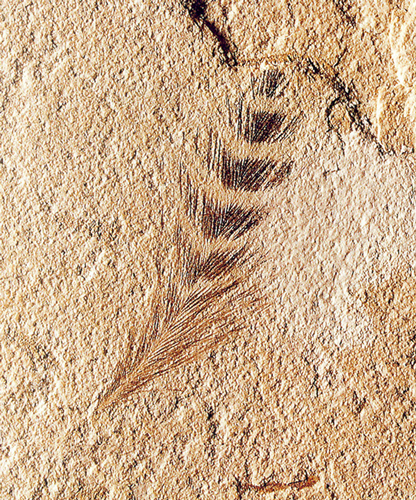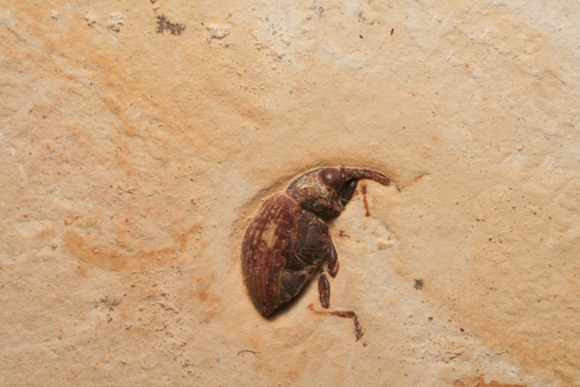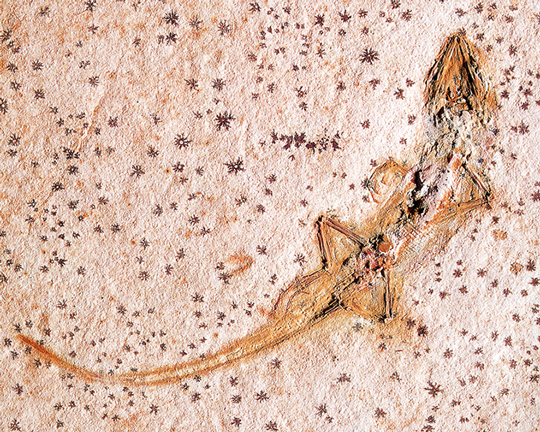Museum Nacional Fossils – Perhaps Lost Forever
One week ago, there was a terrible fire at the National Museum (Museu Nacional), in Rio de Janeiro that left the building a gutted ruin. Thankfully, no-one was injured by the blaze but thousands of artefacts, including numerous fossils from the famous Crato Formation of north-eastern Brazil, have probably been destroyed.
Museu Nacional Fire
To read Everything Dinosaur’s article about the fire at the Brazilian museum: The Devastating Fire at Brazil’s National Museum.
The Crato Formation
The strata that makes up the Crato Formation was laid down in the Early Cretaceous and it represents fine, silty deposits laid down in a lacustrine (freshwater lake(s) environment). It was close to the coast and it was formed as a channel dividing South America from Africa, the Atlantic Ocean, was beginning to form. The sea gradually advanced and a large, shallow saltwater lagoon formed giving rise to the slightly younger strata known as the Romualdo Formation. The rocks preserve a wide range of plant, invertebrate and vertebrate fossils. So rich and diverse is the fossil record that the Crato Formation is regarded as a Lagerstätte.
Sadly, it is likely that many of the Lower Cretaceous fossils within the collection of the Museu Nacional have been destroyed and lost to science. Many media outlets have focused on the loss of larger exhibits such as the remains of prehistoric mammals and dinosaurs. Here at Everything Dinosaur, our earlier article, published a few days ago, looked at the impact of the conflagration on pterosaur research, but it is likely that a significant portion of the fossils representing some of the smaller animals that once roamed north-eastern Brazil will have been lost to.
A Beautifully Preserved Single Feather from the Crato Formation

Picture credit: Museu Nacional
Remembering the Little Guys
The exceptionally rare dinosaur and pterosaur fossils may have grabbed the headlines but the Crato Lagerstätte includes hundreds of examples of the “little guys” that shared the Early Cretaceous with the Archosaurs. These fossils have provided palaeontologists with an insight into the ecosystem that existed around 1115 million years ago, the loss of these fossils represents a terrible blow for palaeontology in Brazil.
The Fossilised Remains of a Cretaceous Weevil

Picture credit: Museu Nacional
The Fossilised Remains of a Small Lizard (Squamata)
Picture credit: Museu Nacional
The fine sediments laid down at a time when the Atlantic Ocean was being created captured a wealth of information about the plants, insects, fish, amphibians and reptiles that shared the world with the dinosaurs and the Pterosauria. It is very sad to think that much of this highly important and strikingly beautiful fossil record may have been lost forever.
Visit the Everything Dinosaur website: Everything Dinosaur.







I hope it wasn’t caused by some idiot throwing a match in a trash can!!!